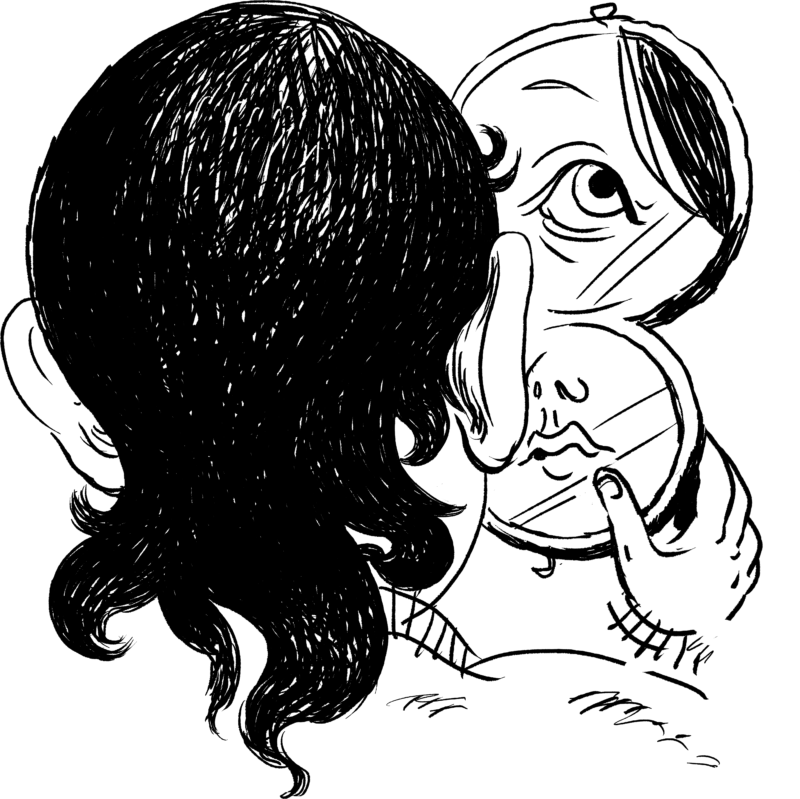My lolo and I were going through old photographs when I came across an image of him from after he graduated from medical school. Through the grain of the image, under the sleeve of his gown, I could just make out the butt of a cigarette between his fingers. When I pointed this out to him, Lolo replied, “Oh, that’s just some artifact,” one of the funnier evasions I’ve heard. In my lifetime, I’ve never seen him smoke, though most of his now-adult sons have had the habit at one time or another. For a while, I chalked up his odd phrasing to a failure to choose between Tagalog and English. Recognizing ourselves through the items and habits we no longer have is a way to talk about our past selves: the negative identification affirms who we are in the present. No matter how familiar our current traits are to someone else, there’s always some distance between then and now. Could we really be the same person, after all this time? Once, a friend of mine, when I asked about a photo of her with what I thought was an unfathomable haircut, explained, “Yeah, that was two or three personalities ago.”
These comments were brought on by physical objects—or at least their digital copies—but the artifact in question seems to be time itself, how it manifests most perceptibly in these jarring changes. The more I think about it, the more it seems like artifact is exactly the right word to describe the physical detritus of our past selves, whether in the form of objects or more corporeal things like scars or tattoos. But that still doesn’t touch on the person, who pushes against objectification wherever possible. With Lolo, the past—a past—sat between us on the table, that moment in time as much a thing as the photo itself. When someone is caught acting so aberrantly, he could be accused of being unrecognizable: Who are you? I don’t know you anymore. This reaction has always seemed flippant to me, even if it voices a real feeling. But another kind of negative identification is happening in moments like these. It’s not that the person is unfamiliar. Their behavior, which is always mutable, simply changed.
Behavior is how actors tend to describe their work. Robin Wright (quoting David Fincher) said that directing, an essential facet of acting, is a math...
You have reached your article limit
Sign up for a digital subscription and continue reading all new issues, plus our entire archives, for just $1.50/month.
Already a subscriber? Sign in





